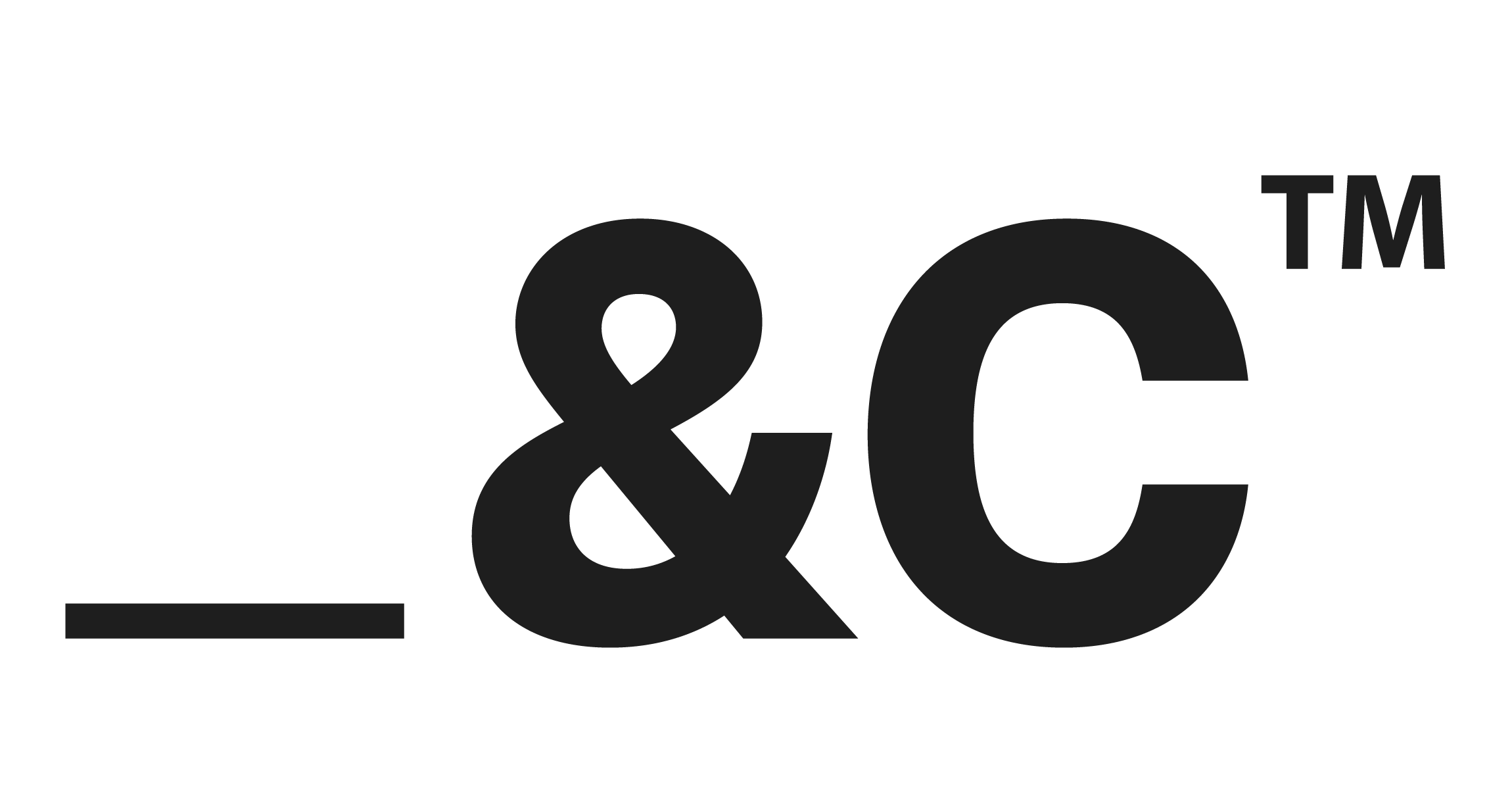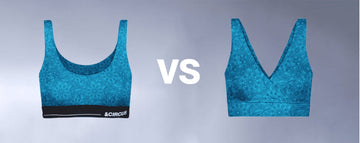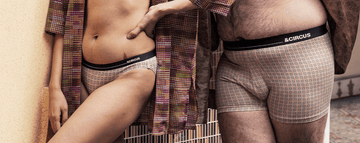The way we shop for underwear has transformed. Gone are the days of flipping through catalogs or wandering department store aisles. Today, a quick tap on a TikTok video or a glance at an influencer's post can spark a purchase especially for eco-friendly micromodal innerwear, a fabric lauded for its buttery softness and sustainable credentials. This isn't just a trend; it's a cultural shift, where social media influencers are quietly reshaping how we choose our most intimate apparel, blending authenticity with aspiration.
The innerwear market is booming, with the global lingerie sector valued at $44.92 billion in 2024 and projected to reach $87.35 billion by 2032, growing at a compound annual growth rate (CAGR) of 8.67%, according to Fortune Business Insights. In the U.S. alone, the innerwear market hit $27,968.3 million in 2023 and is expected to climb to $39,707.1 million by 2030, with a CAGR of 5.1%, per Grand View Research. What's driving this surge? It's not just changing fashion trends or the rise of women in the workforce. Social media influencers, wielding their curated feeds and relatable stories, are steering consumers toward brands that prioritize sustainability, comfort, and inclusivity.
Take Victoria Tyler, a Los Angeles-based influencer with over 400,000 followers across Instagram and TikTok. Tyler's candid posts about living with ulcerative colitis caught the attention of Savage x Fenty, Rihanna's El Segundo-based lingerie brand. After tagging the company in a post showcasing her surgical scar and ostomy bag, Tyler landed a brand ambassador role. Her first post in a Savage two-piece set wasn't just a sales pitch it was a raw, emotional testament to body positivity, resonating with followers who saw her authenticity as validation. “It definitely felt like validation,” Tyler told the Los Angeles Business Journal, her voice thick with emotion. Her story illustrates a broader truth: influencers are no longer just selling products; they're selling trust.
Uncomfortable underwear shouldn't steal your confidence. At Andcircus, we craft ultra-soft, sustainable Lenzing Modal Micro® innerwear for every body, XS to 5XL. From briefs to bras, our custom packs fit you perfectly. Shop risk-free with our 100% satisfaction guarantee and embrace comfort that includes everyone. #LoveEveryBody. Shop Now!
Social Proof Meets Sustainable Style
Influencer culture has woven itself into the fabric of fashion retail, particularly in the innerwear sector. Post-pandemic, wellness and comfort have taken center stage, with platforms like Instagram, TikTok, and YouTube normalizing eco-friendly materials like micromodal a biodegradable, breathable fabric derived from beech trees. These platforms have become virtual runways for innerwear, where influencers showcase everything from maternity briefs to gender-neutral boxer briefs. The visibility is staggering: Asia Pacific alone held a 32.35% share of the global lingerie market in 2024, fueled in part by social media's reach in trend-driven regions.
Why does this work? It's social proof in action. When a fitness influencer slips into micromodal boxer briefs and raves about their breathability during a workout, or a sustainability creator unboxes a package with biodegradable wrapping, followers listen. They click. They buy. The Federal Trade Commission cracked down on undisclosed sponsored content in 2016, prompting influencers to slap #ad on their posts, as noted in Wikipedia. But instead of tanking engagement, transparency boosted it. Fans, it turns out, love seeing their favorite creators land deals, and many influencers parlayed this goodwill into launching their own product lines by 2017.
Stories That Sell
Real-world examples paint a vivid picture. Picture a maternity wellness influencer, her feed brimming with tips for new moms. She posts a video slipping into a pair of micromodal maternity briefs, praising their stretch and softness for postpartum comfort. The comments light up with questions, and her affiliate link racks up clicks. Or consider a male fitness influencer, his chiseled abs glistening as he touts the anti-sweat properties of micromodal boxer briefs during a gym session. His followers, inspired by his routine, add the brand to their carts. Then there's the sustainability creator, who partners with a brand to highlight low-impact dyes and ethical production. One campaign post, showcasing a sleek bra in eco-friendly packaging, can drive a 20% spike in website traffic, as brands have reported anecdotally.
These stories aren't just anecdotes they're data points. Click-through rates soar when influencers align with a brand's values, and engagement metrics often climb after campaign drops. Savage x Fenty's collaboration with Tyler, for instance, didn't just sell lingerie; it sparked conversations about inclusivity, with followers praising the brand's embrace of diverse bodies. The numbers back this up: bottom innerwear led revenue in the U.S. in 2023, but thermal and baselayers are the fastest-growing segment, per Grand View Research, as consumers prioritize function and sustainability.
Navigating the Influencer Maze
But it's not all smooth sailing. Influencer marketing is a double-edged sword. Oversaturation breeds skepticism some consumers roll their eyes at yet another #sponsored post. Measuring return on investment is tricky, especially when comparing micro-influencers (with smaller, loyal followings) to macro-influencers (with millions but less engagement). Then there's the risk of greenwashing brands touting eco-credentials that don't hold up. A 2023 study cited by Wikipedia found some influencers faking sponsored content to boost credibility, a move that can backfire when followers sniff out inauthenticity. Content fatigue is another hurdle; the novelty of influencer posts is waning as feeds flood with promotions.
Brands also grapple with alignment. A mismatch between an influencer's values and a company's ethos can tank a campaign. Imagine a sustainability-focused brand partnering with an influencer who jets around in private planes followers notice the hypocrisy. Yet, when done right, the payoff is undeniable. Micro-influencers, with their niche audiences, can drive targeted sales for segments like postpartum moms or eco-conscious shoppers, while macro-influencers amplify brand awareness.
Turning Visibility into Value
For innerwear brands, influencers are a goldmine. They're cost-effective, reaching specific demographics without the hefty price tag of traditional ads. User-generated content from influencer posts fuels retargeting campaigns and boosts SEO, as brands repost hauls or behind-the-scenes factory tours. Recurring collaborations build loyalty, educating consumers about micromodal's benefits or a brand's ethical sourcing. Cross-platform storytelling think TikTok hauls, Instagram Reels, or YouTube vlogs creates a narrative that feels personal, not salesy.
Take Victoria's Secret & Co. or Jockey International, key players in the U.S. innerwear market. Both have leaned into influencer partnerships to highlight comfort and inclusivity, tapping into the growing demand for sustainable fabrics. The result? A virtuous cycle of visibility, engagement, and sales.
A Future Woven with Authenticity
As the innerwear market evolves, authenticity remains the golden thread. Digital marketers and sustainable fashion analysts agree: consumers crave transparency, comfort, and inclusivity. Brands that vet influencers for shared values like eco-consciousness or body positivity forge deeper connections. Educational storytelling, not just pretty visuals, sets top brands apart. A reel explaining micromodal's biodegradable properties or a post celebrating diverse body types can resonate more than a glossy ad.
The road ahead is clear. Innerwear brands must prioritize inclusivity, showcasing all body types and gender expressions. They should invest in creators who educate, not just entertain, and lean into platforms where conversations thrive. As the lingerie market races toward $87.35 billion, influencers will keep shaping how we shop one post, one story, one sustainable pair of briefs at a time.
Frequently Asked Questions
How does social media influence innerwear purchasing decisions?
Social media platforms like Instagram and TikTok heavily shape consumer preferences by showcasing real-life user experiences, influencer endorsements, and visually appealing content. These channels build trust and inspire impulse buys by normalizing diverse body types and promoting comfort-focused designs.
Why are influencers important in the innerwear market?
Influencers act as relatable style guides, often demonstrating how a particular bra or brief fits in everyday scenarios. Their reviews and aesthetic content help potential buyers visualize the product on different body types, increasing engagement and conversion.
What role do user-generated reviews and content play in shaping lingerie trends?
User-generated content such as try-on videos and comfort testimonials provides authenticity that resonates with modern consumers. These organic endorsements often outperform traditional ads in building brand loyalty and encouraging confident purchasing decisions.
Disclaimer: The above helpful resources content contains personal opinions and experiences. The information provided is for general knowledge and does not constitute professional advice.
You may also be interested in: How Body-Positive Innerwear Campaigns Resonate With Gen Z
Uncomfortable underwear shouldn't steal your confidence. At Andcircus, we craft ultra-soft, sustainable Lenzing Modal Micro® innerwear for every body, XS to 5XL. From briefs to bras, our custom packs fit you perfectly. Shop risk-free with our 100% satisfaction guarantee and embrace comfort that includes everyone. #LoveEveryBody. Shop Now!







































